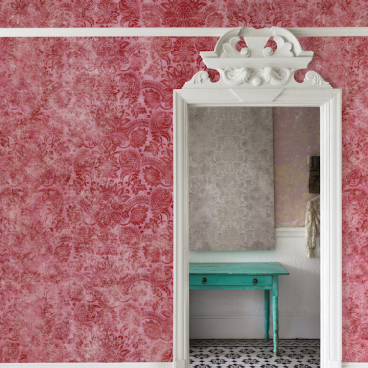The Tile of Spain awards celebrate the imaginative use of Spanish ceramics in interior design and architecture.
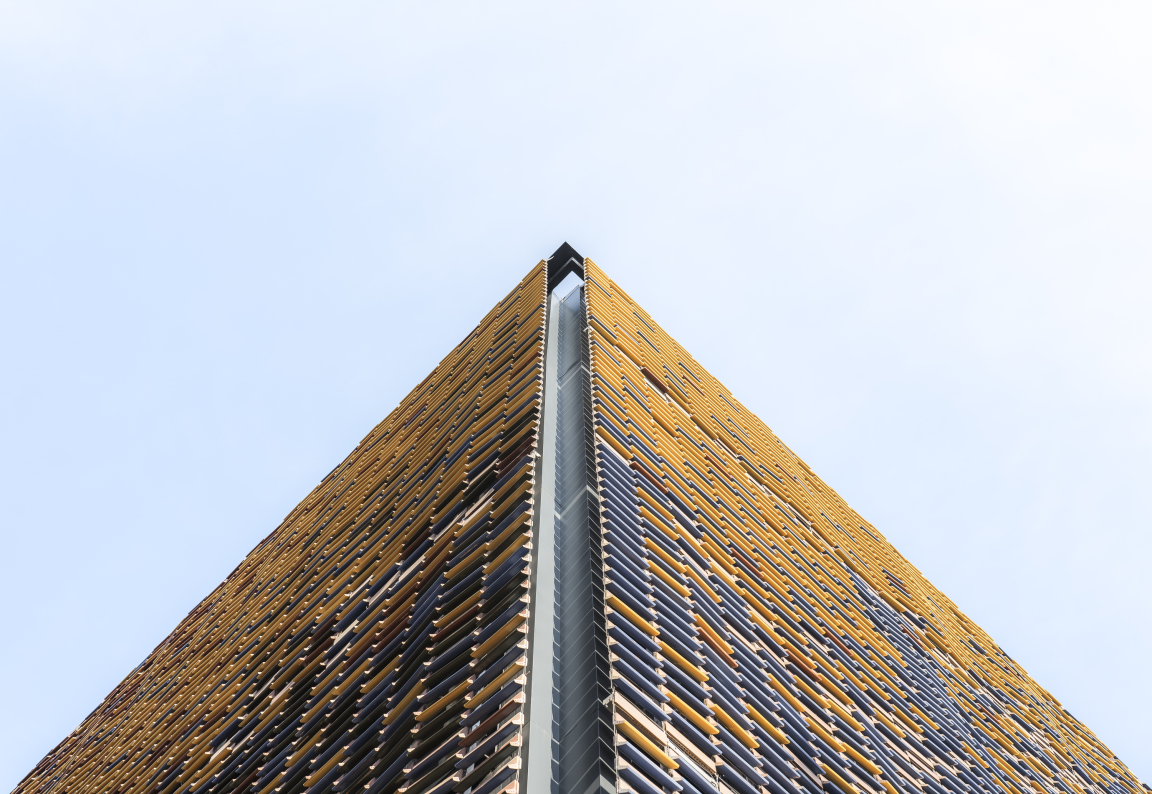
Tile of Spain - Santa Creu and Saint Paul Hospital Research Centre - By PICH & 2BMFG
Winners of the 2019 Tile of Spain awards, PICHarchitects, 2BMFGG and José María Sánchez García win the first prizes in the annual competition for the creative use of ceramics in architecture and interior design.
The Tile of Spain awards celebrate the imaginative use of Spanish ceramics in interior design and architecture. Now in its 18th edition, this prestigious global event is organised by ASCER, the Spanish ceramic tile manufacturers’ association, and is regarded a major event both in Spain and internationally, earning its winners a highly respected accolade.
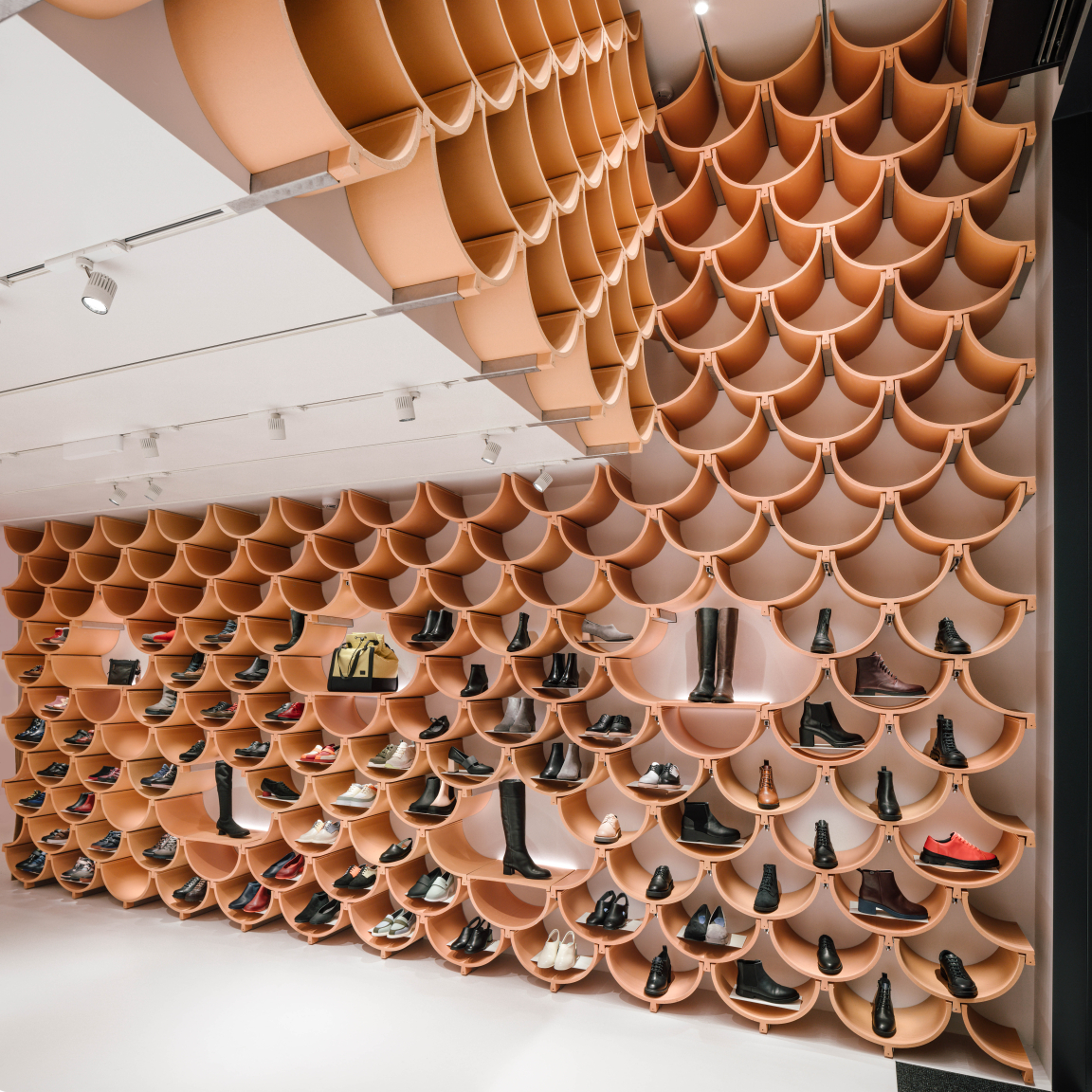
Tile of Spain - Camper Paseo de Gracia KKAA
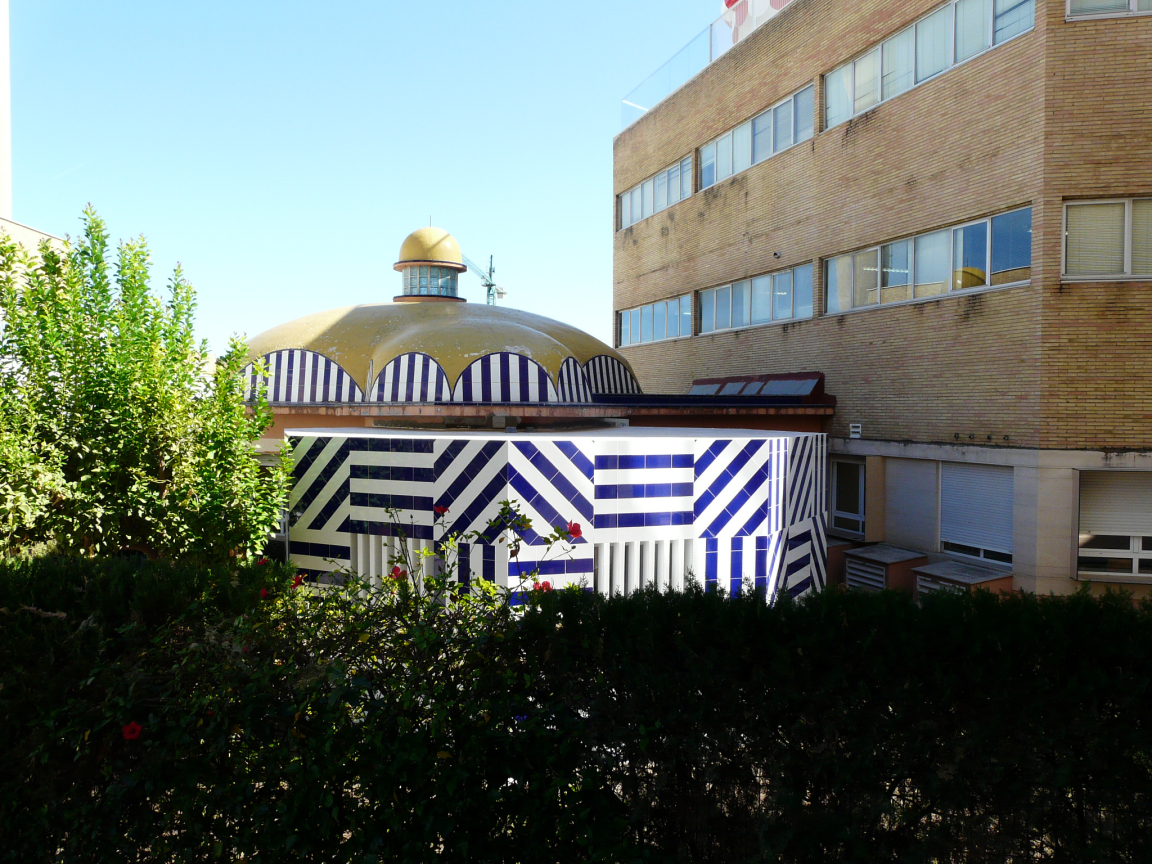
Tile of Spain - Patio valientes Elisa Valero Fernando Alda
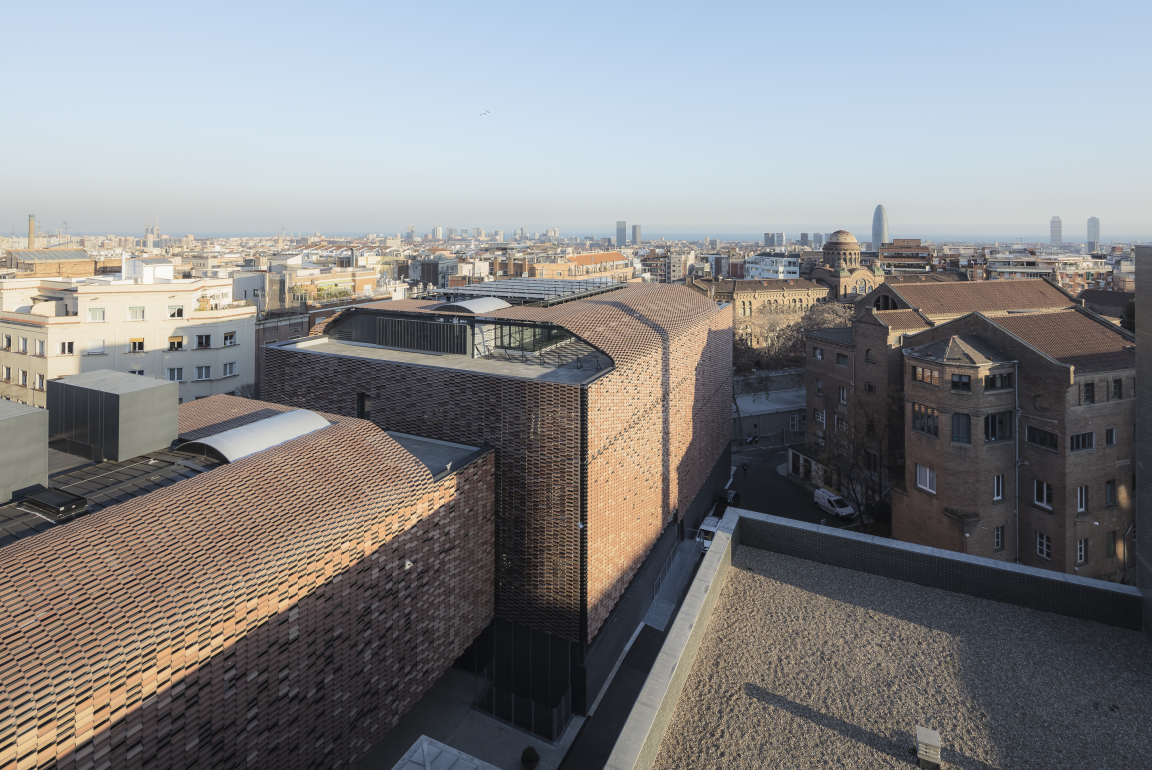
Tile of Spain - Santa Creu and Saint Paul Hospital Research Centre - By PICH & 2BMFG
The winners in the Architecture category, with a cash award of 17,000 Euros, were PICHarchitects and 2BMFG Arquitectes whose permeable ceramic envelope on the Santa Creu & Sant Pau Hospital Research Centre in Barcelona blends innovatively with its structure. The jury highlighted the creative use of a ceramic material and the context in which it was used, establishing visual links between indoors and out and giving the building a chameleon-like outer appearance.
The jury decided to award two special mentions in the architecture category including Courtyard of the Brave & the New Parents’ Room by Elisa Valero. The project was commended for the surprising application that was given to a widespread common ceramic material by playing around with it and retransforming a small octagonal section of building. Local references, through a use of specific materials and shapes, are the keys to a project designed with ingenuity and economy of means.
A second special mention went to Edificio Tívoli by Martín Lejárraga Architects’ Studio. The refurbishment of a building into 22 apartments as well as commercial premises and parking areas impressed the judges for its clever utilisation of ceramic materials to create a sense of interplay between the existing building and a new one. In this project, colour and geometry act as a linking thread, signalling the refurbishment work done to the interiors and exteriors.
First prize in the Interior Design category, also attracting a cash prize of 17,000 Euros, went to a project for the waiting areas of a bus station in Badajoz by José María Sánchez García, where ceramic tiles alone meet all the requirements and more of coverings used in public spaces. The judges applauded the elegance with which this project was brought to fruition through the design of the ceramic material. The key elements of this project are its geometrical shapes, attention to detail, construction and space, considering both the smallest of scales and the user experience.
The panel of judges also awarded two special mentions in the interior design category. “Vallirana 47” by Vora Arquitectura acted as ‘a palimpsest’, explained the jury, adding a further layer to a 20-year-old property and playing with the colour and material aspect of the different tiled floors. Interplay with geometrical shapes and the contrast with the new layout play a silent starring role in this delicate design project.
A second special mention went to Camper Paseo de Gràcia by KKAA. The project grabbed the judges’ attention for the striking ceramic material that was used as a star feature in the store, with a dual function as a display for products and a strong decorative element of the interior.
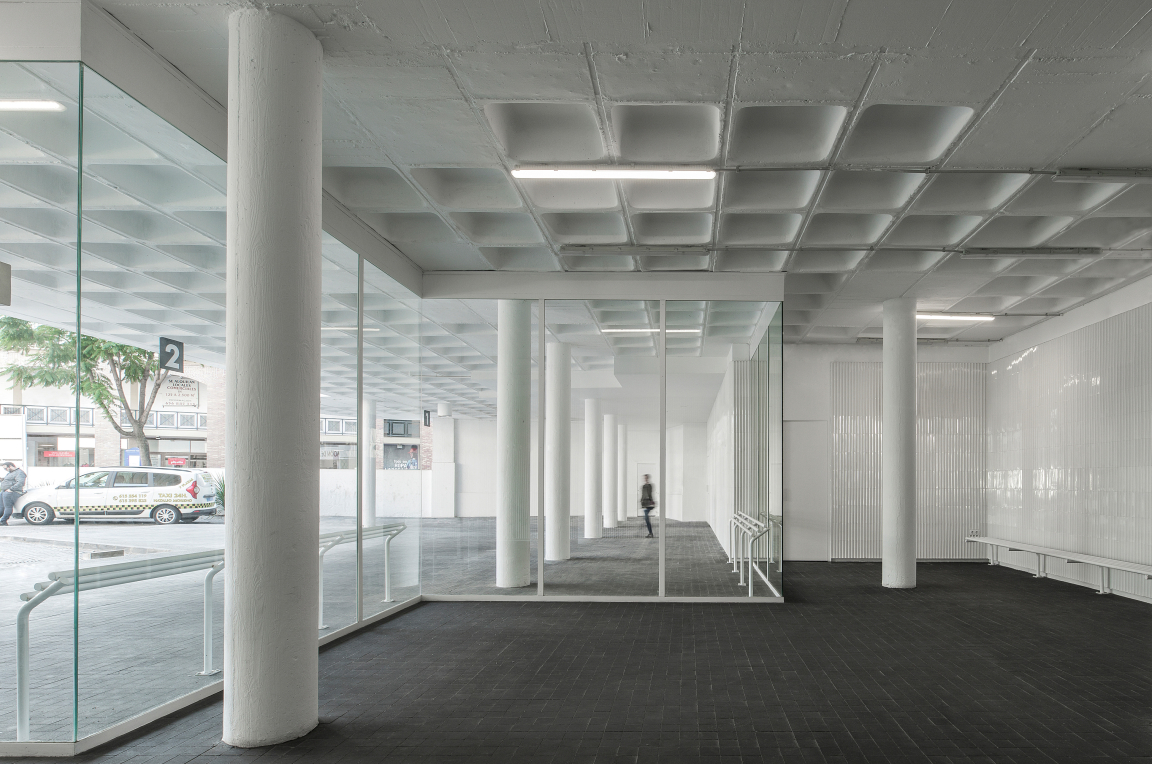
Tile of Spain -Sala espera JM Sanchez Garcia
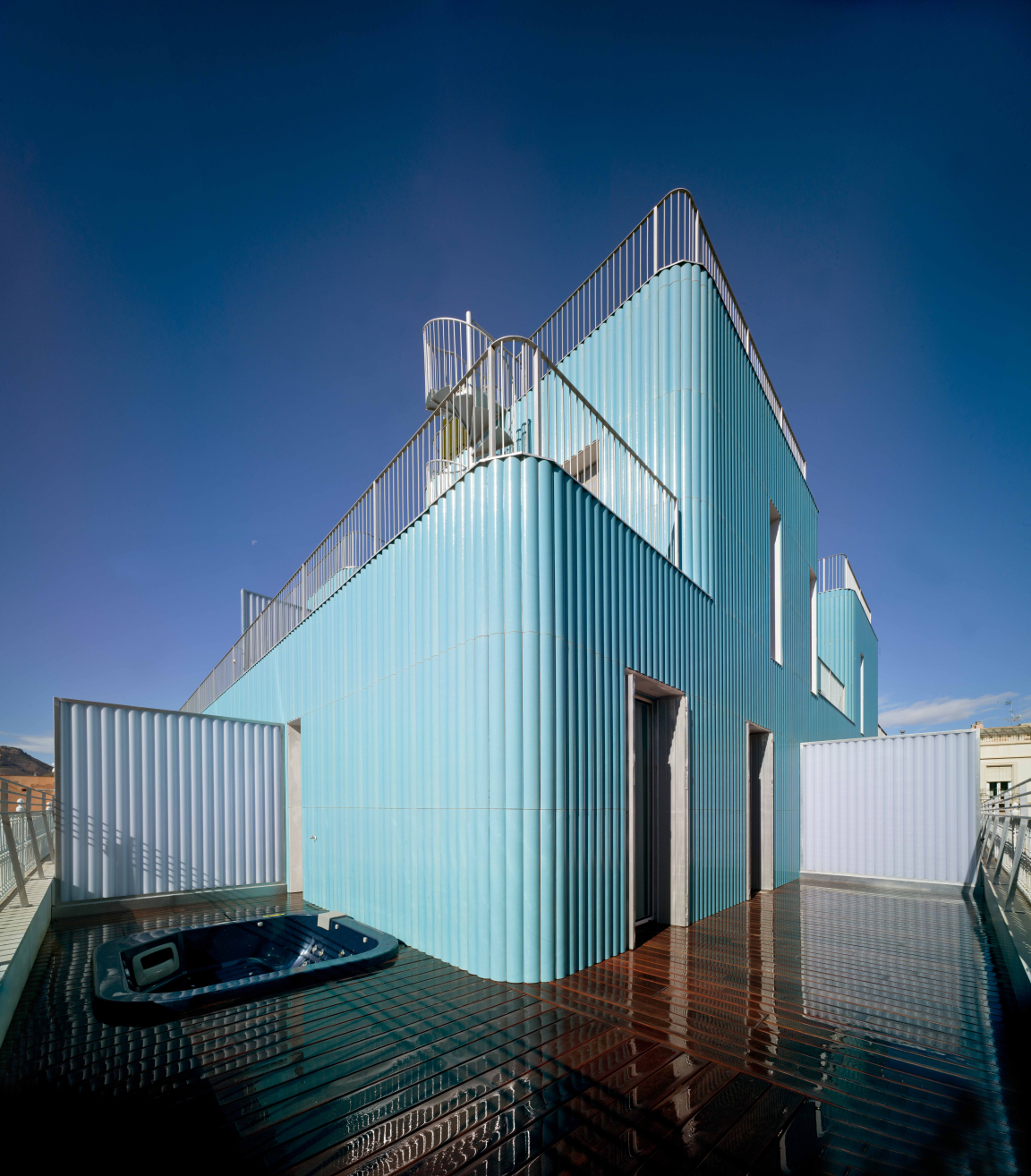
Tile of Spain - Tivoli Martin Lejarraga David Frutos
The award for the Final Degree Project, a category for architecture students, with a prize of 5,000 Euros, was given to Óscar Cruz García from Madrid School of Architecture (ETSAM) for ‘Memento Mori. The Presence of an Absence’. The jury highlighted the maturity and sensitivity of a project that was thoroughly illustrated and deeply felt. Attention to detail is the leitmotif of a sequence of spaces where nature, materials and atmospherics are all combined.
In addition, two special mentions for the Final Degree Project were announced by the judging panel. Praise was given to Dance School by Alexey Agarkov from Moscow Architecture School for the project’s capacity to generate atmospheres and spaces characterised by their beauty and simplicity. Ceramic materials are used to contribute to the spaces’ architectural forms and to the quality of the light and materials.
A second special mention went to Barcelona Fabrica by Felipe Sancho Cervera from the ETSAB. The jury admired how a simple ceramic material was used to create intermediate spaces of huge complexity and spatial value. By making tiny modifications to the material’s geometry, position, colour and direction, added environmental value is brought to outdoor, intermediate and indoor spaces.
Learn more about Tile of Spain.



